Firearm and Shooting Trends / Fads
1. Lead Free Bullets
The discussion of lead bullets requires a brief visit with its history, as well as a look the reasons for it's popularity. The use of lead dates back thousands of years. The first firearms did not use lead projectiles, but it wasn't long before firearm makers discovered the advantage of this very heavy metal. The underlying reasons why lead was, and still is, the most common component in the manufacture of bullets are no secret:
- low melting point making it easy to shape into projectiles by common shooters
- can be alloyed with other metals for a harder bullet, suitable for higher velocities
The virtues of lead projectiles, which have existed for hundreds of years, still exist today. But, current technology has made some significant improvements, and one of the greatest advances has been the addition of other substances to the mix to create better and more effective alloys, and thus a better bullet. In an almost equal proportion, the metal jacket, for lead core bullets, and the bonding of the lead core to the jacket, have similarly advanced the effectiveness of lead bullets. The net effect of each of these three factors, has produced some very effective firearm projectiles. The standard that current lead bullet technology has set has created a very high bar which non lead bullets must meet, or surpass, if they are to remain viable.
These are the usual standards by which bullets are judged:
- The amount of energy applied to the target, usually measured in foot pounds.
- Its ability to effectively and sufficiently penetrate the target, creating as much internal damage as possible for an ethical kill.
- The extent to which a projectile can maintain as much of its original weight as possible, thus improving its ability to penetrate. The deeper the penetration, the more internal damage, and the greater probability of an ethical and humane kill.
- The extent to which it can mushroom (or expand in size), thus increasing internal damage and resulting in a quick, humane, and ethical kill.
Credit is due when credit is earned, and lead bullets are, by these standards, quite effective. When compared head to head, I have tested copper to lead, with these results.
Copper vs lead, or is copper just a fad
Lead
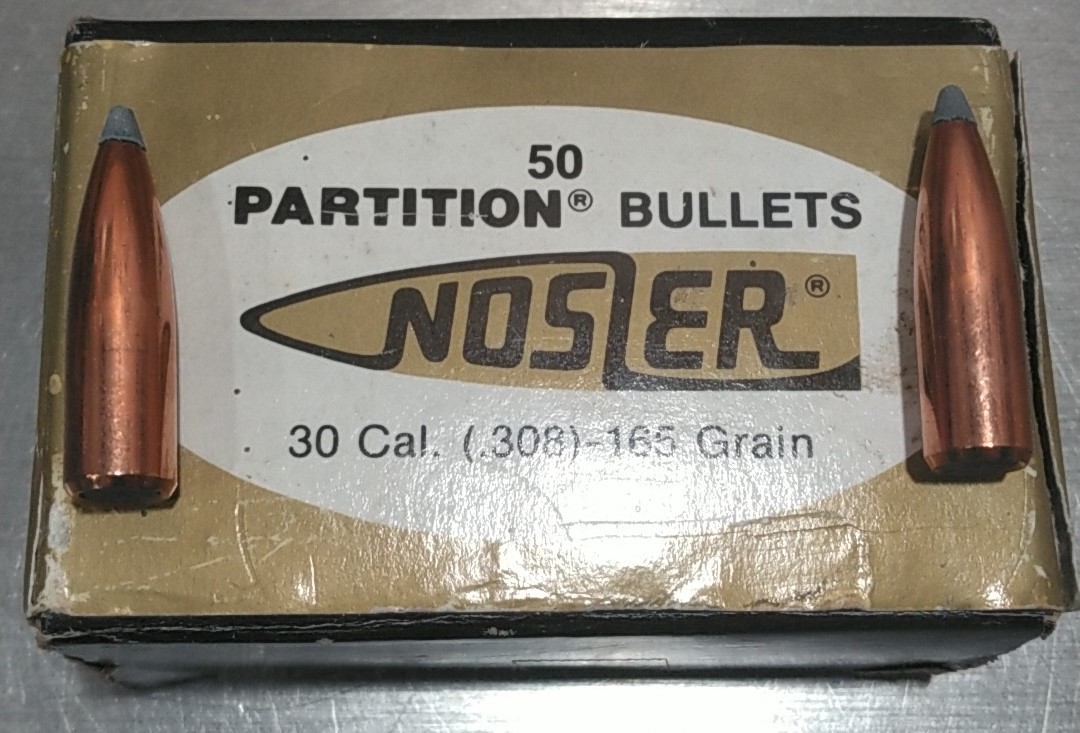
- Nosler Part 30 cal 165 gr.JPG (191.44 KiB) Viewed 1442 times
Copper
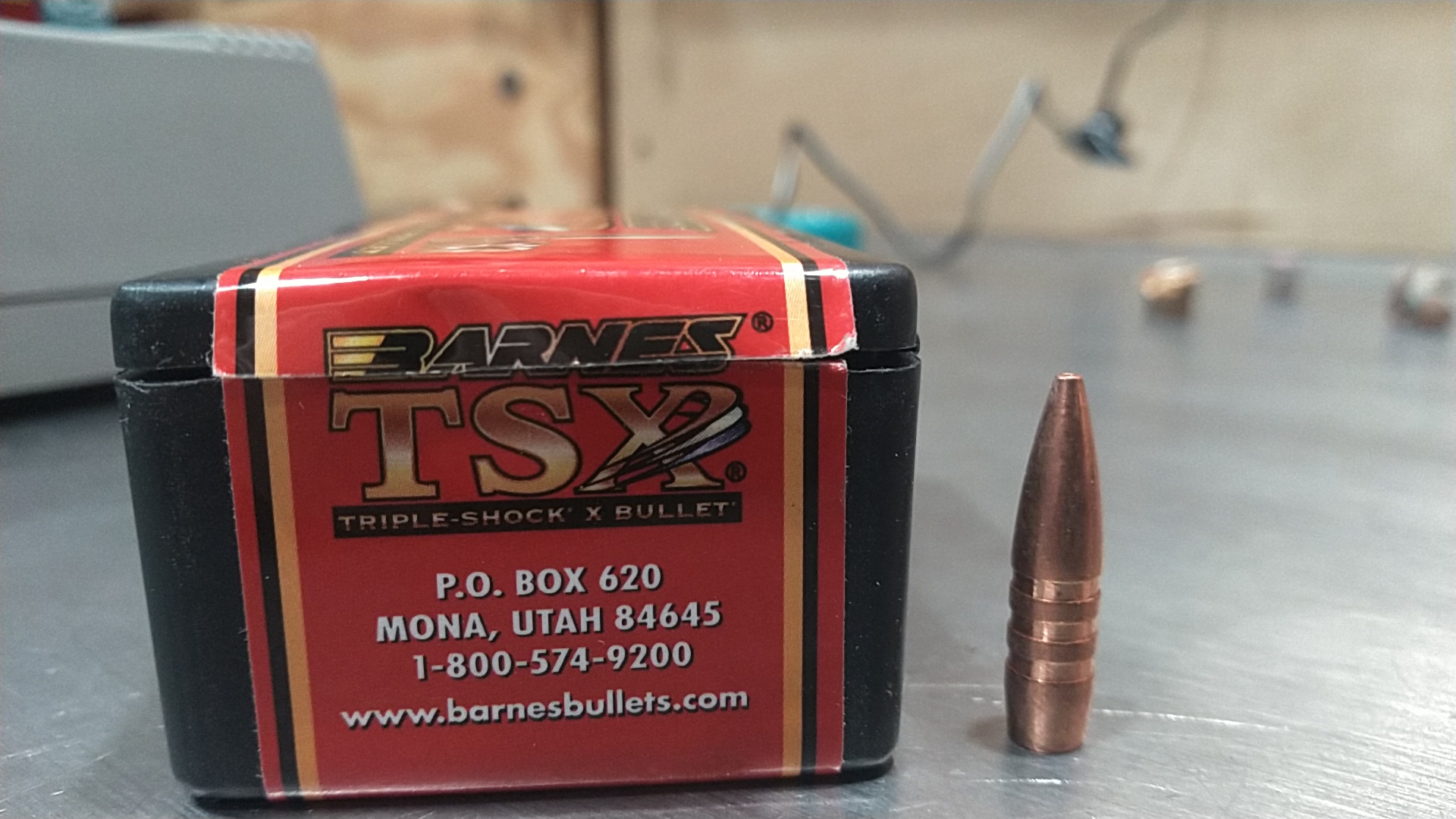
- Barnes 30 cal 165 gr.JPG (521.9 KiB) Viewed 1442 times
Testing final results
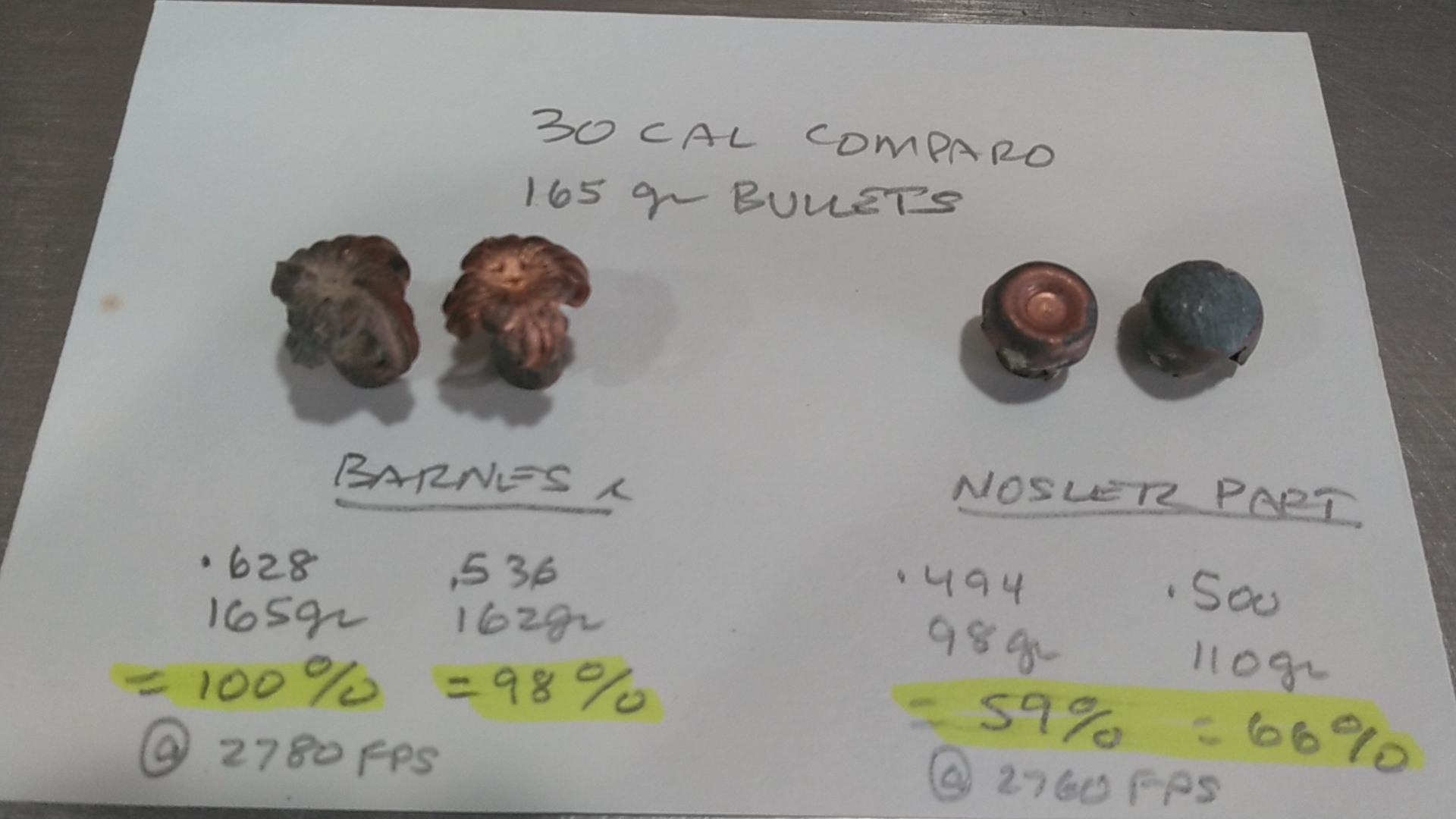
- Final Comparison.jpg (383.83 KiB) Viewed 1442 times
My winners:
Mushrooming - copper
Weight Retention- copper
Penetration - depends on weight retention
Energy transfer - similar
2. Moly Bullet Coatings
Molybdenum-disulfide, known as moly, is a slick compound used to coat copper jacketed lead and copper bullets. In the late 90s, moly coated bullets were catapulted to popularity on claims of reduced barrel friction, velocity increases of as much as 200 fps, reduced fouling, cooler barrels, longer lasting barrels, doubling the number of shots between cleanings, and sustained accuracy for twice as many rounds. Barnes, and others touted this "new technology" as a
major breakthrough for shooters looking for another edge while in the field.
The combined effect of these claims rocked the shooting world, and moly coated bullets were all the rage, but only for a short time. Moly's upward trajectory, in terms of popularity, was only matched by its downward trajectory when when shooters and manufacturers realized that moly was not the breakthrough it claimed to be.
My Handloads with Barnes XLC Bullets
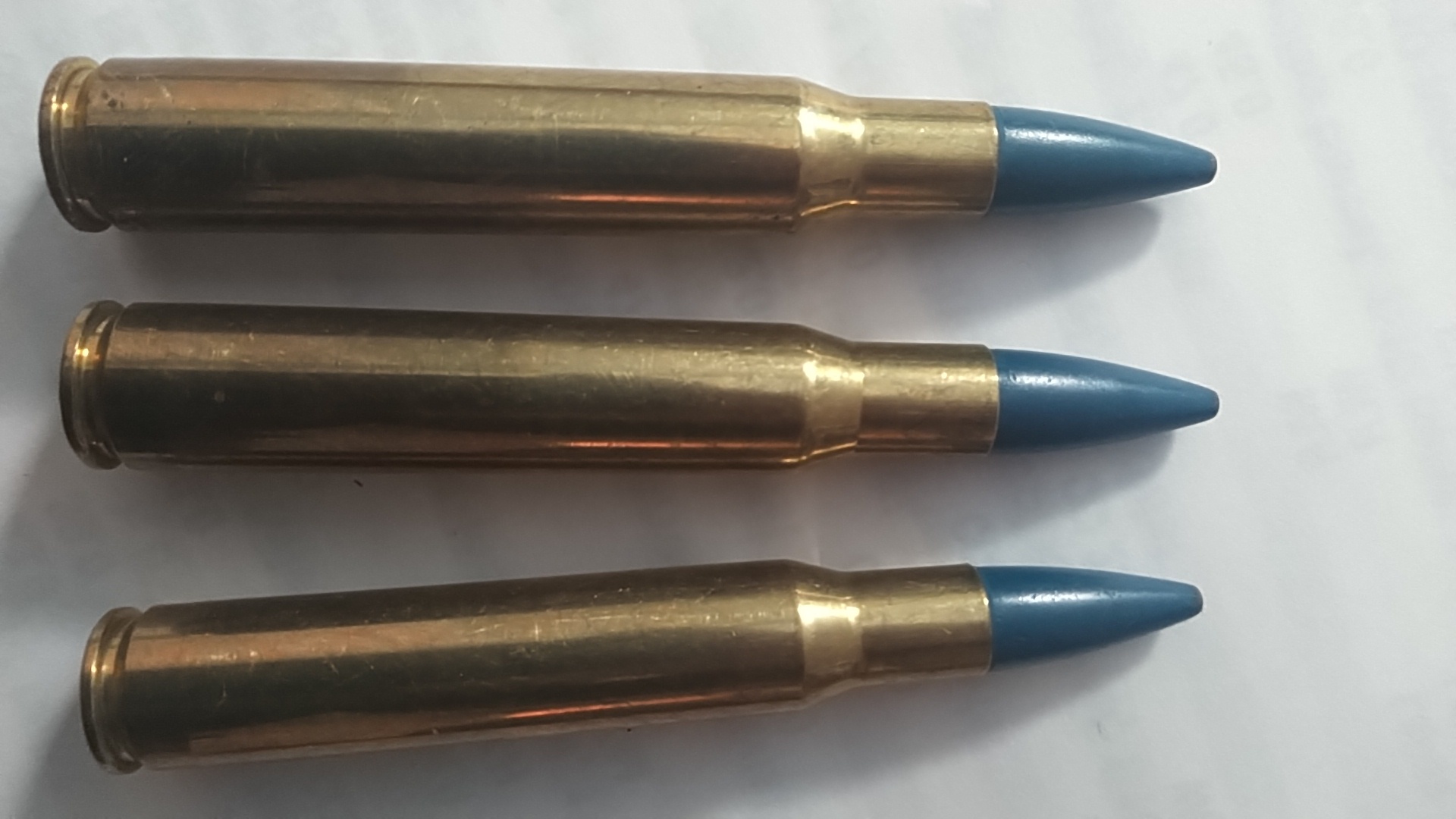
- Barnes Moly Coated X bullet-1.jpg (345.15 KiB) Viewed 1440 times
While there may be some remaining adherents to moly coatings, the evidence was overwhelming that it just wasn't what it claimed to be. Early on, Barnes Bullets reloading manual #3, published in 2001, gushed with praise for moly coatings, but these bullets were not destined to last long in their catalog or in their reloading manuals. My personal experience with moly bullets was disappointing, and I never purchased another box.
Some 20 years after the moly craze, several sources looked back and offered their analysis. Many of them looked like this:
Midsouth Shooters - dated 2018: (
https://mssblog.com/2018/10/19/reloader ... d-bullets/)
- All the rage in 1998 and all but dead 2018
- It coats the bore with a layer of residue. This layer traps moisture and will, not can, corrode the steel underneath it.
- If the barrel is cleaned (correctly) after each use, no problems. But then another advantage is lost because starting with a clean barrel it takes quite a few rounds to return to zero. The layer has to be recreated.
- Accuracy tends to suffer running bare bullets though a residue-coated bore (which results after only a few coated rounds, that are coated with anything)
Sniper Country Dated - dated 2121 (
https://www.snipercountry.com/moly-coated-bullets/)
- Overall, moly coated bullets show accuracy reduction more than anything else.
3. Short Fat Magnums
What is a short fat magnum? In most cases, it is a shortened version of an established and existing magnum cartridge. Like thus:
300 WSM* (left) and .300 Win Mag (right.)----------------*WSM = Winchester Short Magnum
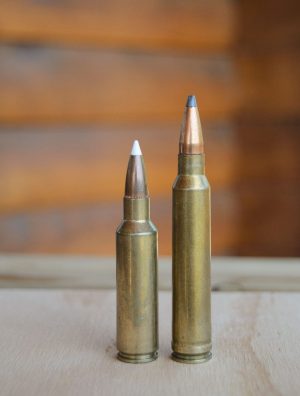
- Short fatty 30 cal.jpg (11.55 KiB) Viewed 1440 times
Source: Ontario OUT of DOORS
https://oodmag.com/whats-the-deal-with-short-magnums/
The short fat magnum movement really got started in the late 90s, or by some accounts, in the very early 2000s. Once the short magnums were introduced, one could hardly read a gun magazine without seeing an article on the shorties. It's been about 25 years since the short fat craze began, catapulted to popularity on the strength of claims, such as:
- Same velocity of traditional longer magnum counterparts
- Shorter length, resulting in shorter actions, meaning lighter rifles and less bolt throw (quicker cycle time)
- More efficient powder combustion, requiring less powder to reach the same velocities
The first player, who most view as the first to introduce the short magnums, was Winchester. Quickly thereafter, both Remington and Ruger jumped on the bandwagon. The resulting onslaught of new cartridges became a bit dizzying, as they all boasted similar benefits. Overall, in the world of firearms, having many choices can be a good thing.
So the question is, have they lived up to the hype, and have they earned a legitimate place in the gun and ammo world. Economic realities will ultimately determine the fate of new products. So, one need look no further than gun and ammo company websites to gauge popularity.
A check of current rifle offerings for short magnums is a good indicator of their current popularity. Below are current chamberings for short magnums from popular manufacturers
Winchester Rifles
Model 70 (regular) - 270 WSM and 300 WSM
Alaskan - None
Safari Express - None
Long Range - none
Extreme Timber - 270WSM and 300WSM
NOTE: No Remington and no Ruger.
Remington Rifles
None
Ruger Rifles
None
Mossberg Rifles
None
Browning Rifles
15 rifles in 300WSM
12 rifles in 270 WSM
NOTE: No Remington or Ruger short fat magnum rifles.
It bears emphasis that these short magnums had their problems. The first was diminished magazine capacity due to the larger diameter cartridges. The second dealt with cartridge feeding reliability. The short 30-35 degree shoulders were not conducive to smooth and reliable feeding. Both of these issues made such cartridges unappealing to dangerous game hunters. All in all, the short fat case design may have been a step forward in cartridge development, but apparently not a giant one, and not a highly popular one. The clear winner in this once booming market is Winchester, with their 300 WSM and 270 WSM caliber short magnum offerings. Not surprising, considering that these are two of America's very favorite calibers.
4. The Unprecedented Demand and Availability of Small Concealable Handguns
This one is easy. Here are the Supreme Court cases that make it so:
- Heller - which held that the Second Amendment to the Constitution was a personal right and not one arising out of some form of military service (militias)
- McDonald - which held that the Second Amendment applied to all forms of government (federal, state and local)
- Bruen - which held that arbitrary, malicious, and discriminatory prohibitions against the acquisition of concealed carry permits, were a violation of the Second Amendment and therefore unconstitutional.
These decisions from the Supreme Court not only resolved decades old misconceptions regarding the Second Amendment, but they also removed barriers that have long prevented citizens from exercising their Second Amendment right to self defense. As it turns out, the timing for this couldn't have been better, as there currently an alarming increase in violent crime. Not surprisingly, there is a soaring demand for personal protection, viz., firearms, and the need to carry concealed. For most, it is not comfortable or concealable to carry large frame firearms. Thus, the huge demand for smaller guns is driving the market. There has never been a better time to find a compact, or sub-compact handgun.
These stats should shed some light on the magnitude of the numbers of new gun owners that have exercised their rights.
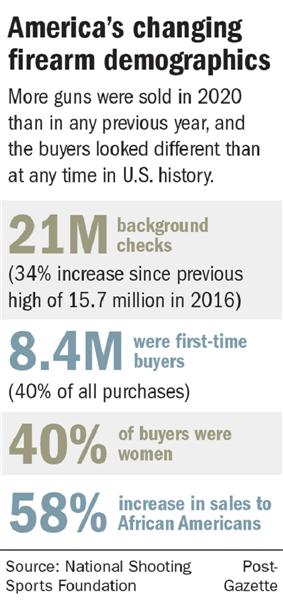
- 2020 Gun Stats (Medium).jpg (35.3 KiB) Viewed 1414 times
The magnitude of gun purchases in 2021 and 2022 show similar numbers. The sequel to huge numbers of gun purchases is the similar increase in the numbers of concealed carry permits. The size of the reported number of people obtaining CCWs is not a complete picture of the total number of people carrying. The reason is simple - 25 states do not require permits to carry concealed firearms. So, at least in terms of states which require permits, the National Shooting Sports Foundation said this:
A new report shows the number of concealed carry permit applications is rising, even despite some states limiting Second Amendment rights during recent pandemic shutdowns. The number of permit holders for concealed firearms is nearly 20 million, according to a Washington Examiner report.
Since 1999, the number of concealed handgun permit holders has grown by at least seven-fold. This isn’t surprising given rioting, looting and violence on nightly news. Add to this backdrop criminals being released from jails and growing calls to “defund the police” and Americans are remedying their legitimate concerns by taking responsibility for their own safety.
5. The .30 Super Carry
The .30 SC was designed and developed by Federal Cartridge Company in 2022. The .30 SC is an 8mm cartridge, thus making it 1 mm smaller than a 9mm. (The 9mm is .355 inch, and the .30 SC is .312 inch.) Federal claims that the cartridge delivers 9mm performance, and that more rounds can be carried in a magazine than the 9.
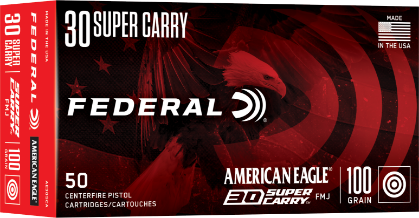
- Federal .30 Super Carry.png (138.63 KiB) Viewed 1414 times
Source: Federal (
https://www.federalpremium.com/30supercarry.html)
Federal has been around since 1916 and has earned a fine reputation for its loaded ammo, primers and cases (among many other products.) In their 107 years, they have seen just about every kind of firearm success as well as some spectacular flops. The lessons learned in their long and distinguished history, would go a long way toward explaining Federal's continued success.
If the fads and flops in the shooting and firearm business teach us anything, it is to be very circumspect when making claims on new products. So, when advertising claims are made that X-product is the greatest firearm invention, there can be risks, such as when the the public or law enforcement is not convinced that it is the greatest and stop buying it. Since the .30 SC is only a year old, I put it to you what to make of Federal's advertising claim for it's new product:
Introducing 30 Super Carry— the most revolutionary self-defense advancement in nearly 100 years. More than just an all-new cartridge, the compact design represents an entirely new class of ammunition engineered for absolute performance by every measure.
While not intending to throw shade on the .30 SC, I will simply note that a 30 caliber handgun cartridge, for self defense purposes, is not a new concept, by far. In fact, It was Georg Luger who designed his original Parabellum (meaning prepare for war) in 1898, and it was for a 30 caliber (7.65 mm) bullet. The gun for which this 30 cal. cartridge was built was the Model 1900 Parabellum pistol.
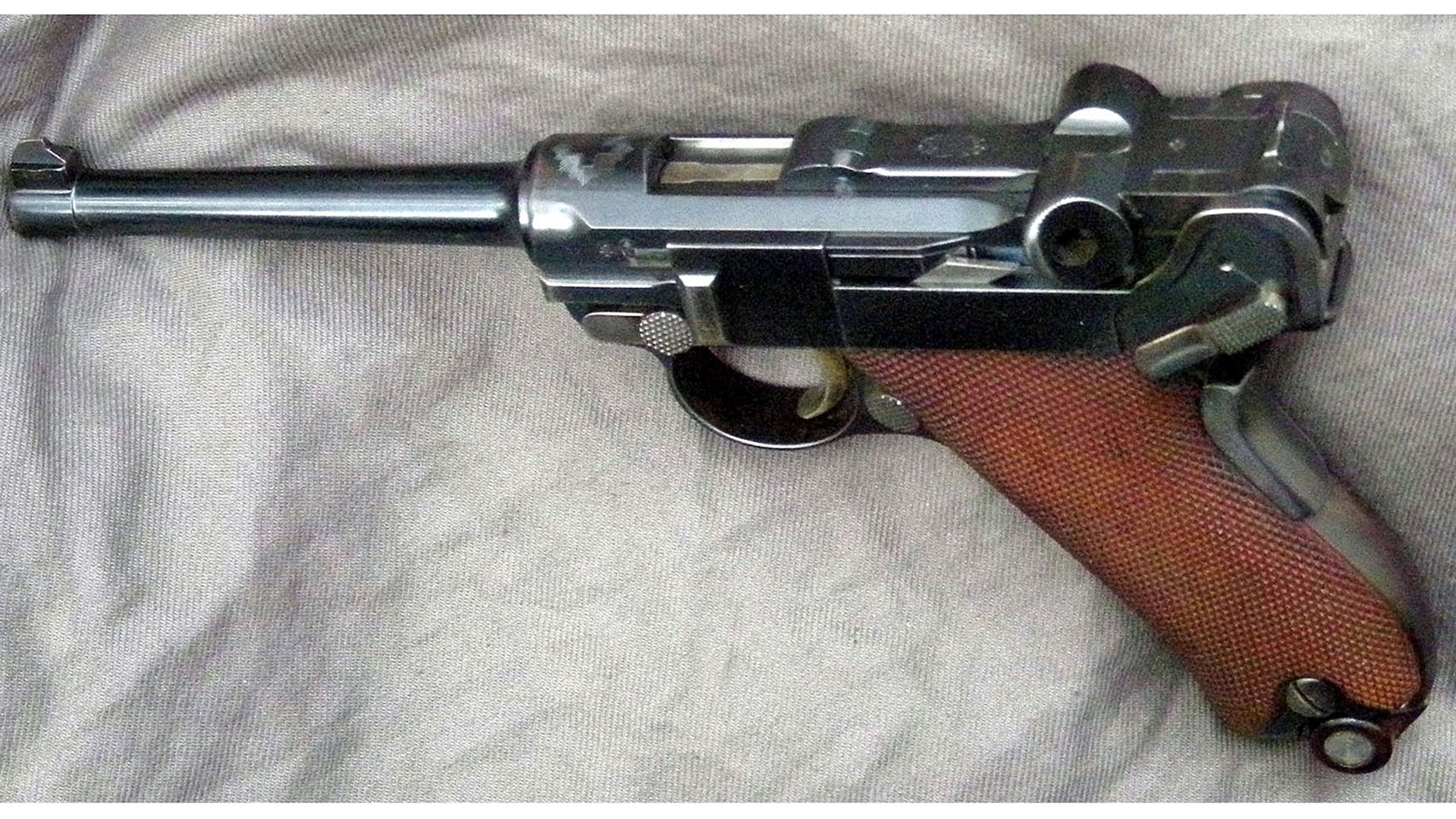
- Model 1900 Parabellum pistol.jpg (572.27 KiB) Viewed 1388 times
Source: American Rifleman 2021 (
https://www.americanrifleman.org/conten ... rformance/)
The popularity of the Luger 7.65×21mm Parabellum was significant and lasted for over 60 years. The American Rifleman noted:
Production of the (Parabellum pistol) began in 1900, and Switzerland immediately adopted the Pistole Parabellum in 7.65×21mm, a.k.a. 7.65 Parabellum and .30 Luger. The cartridge has been popular in Europe and the U.S., as well as Brazil. European police agencies used this cartridge well into the 1960s, (American Rifleman 2021 (
https://www.americanrifleman.org/conten ... rformance/)
Regardless of this history, it would be less than fair to criticize this new round, at this very early stage in its life. Time will tell if this is a fad or the most revolutionary self-defense advancement in nearly 100 years. How about your thoughts?